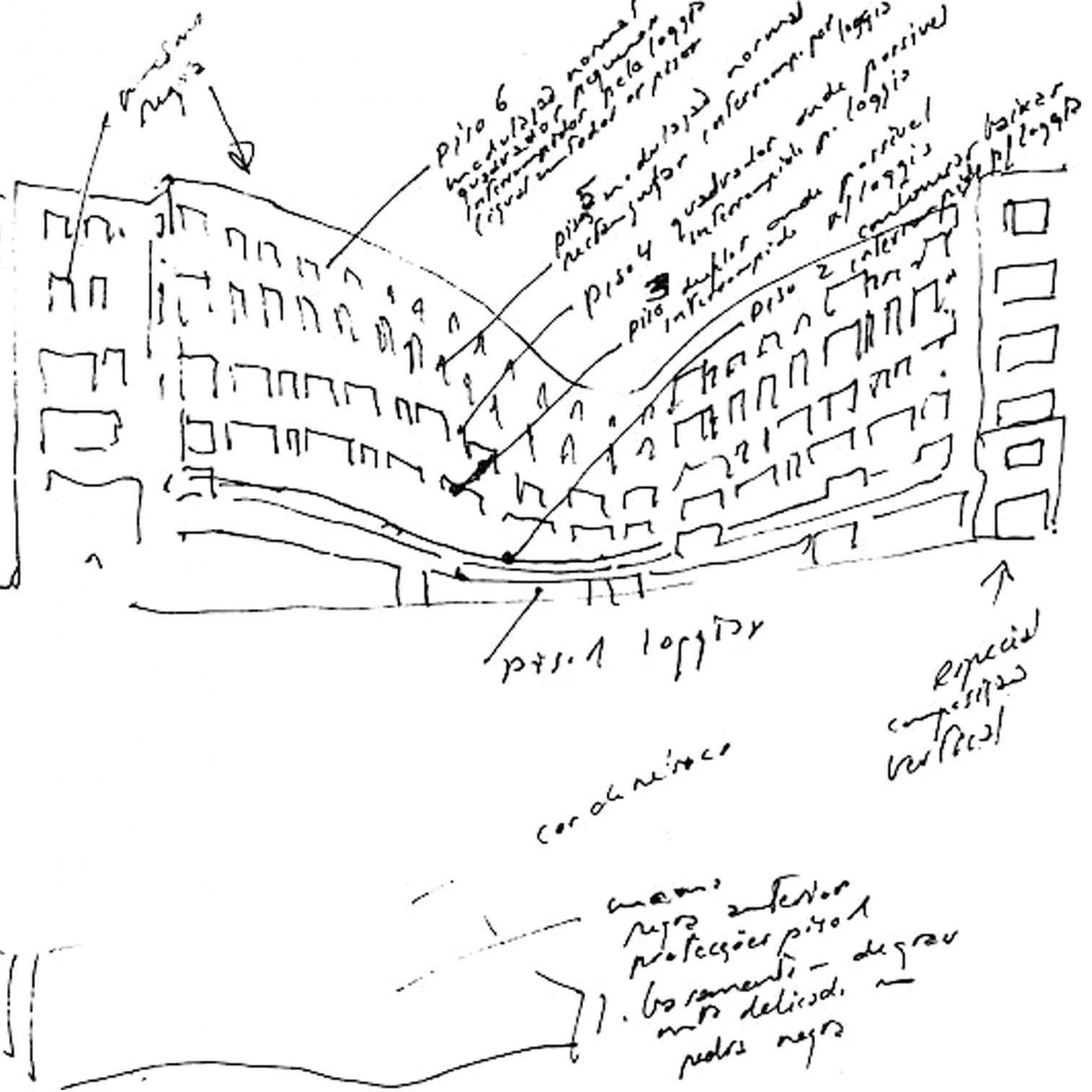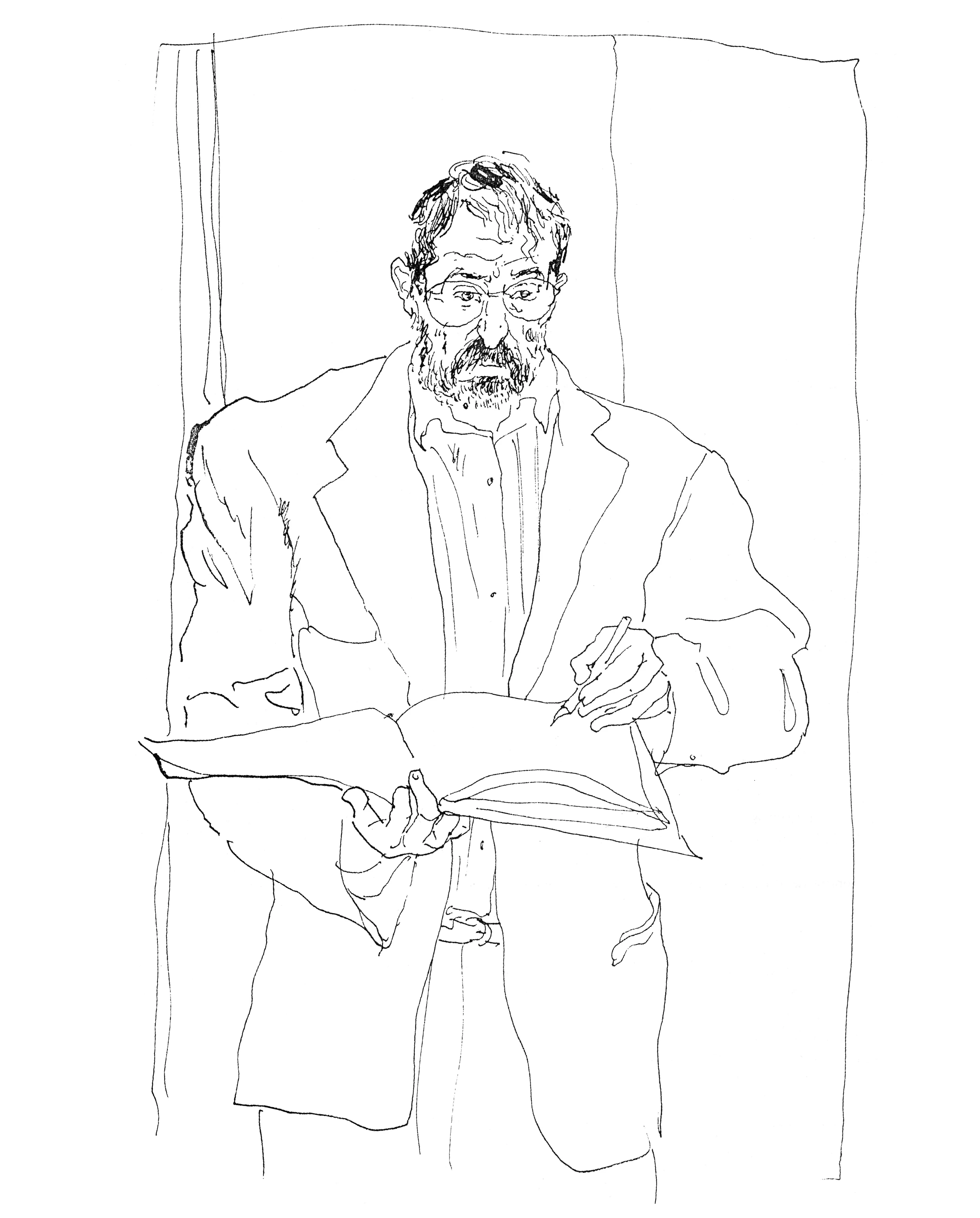
‘‘Architecture is not a pre-established language, nor does it establish a language,” Alvaro Siza Vieira once said. Why do l choose this statement to begin my commentary on his work? Because in my view it offers many keys to understanding Siza's architecture. With these words Siza meant to say, in my opinion, that he tries to consider forthcoming work without any biases, and with an attitude of purity that renders him extremely receptive to understanding the conditions - and here 1 deliberately do not write ‘context’ - in which he works. He bases everything on these conditions. Thus every project represents a renewed attempt to capture the singularity, the uniqueness, of the architectural event.
Furthermore, it seems to me that what Siza wishes to capture is the unalienable singularity of a moment, of a very specific circumstance that becomes materialized as architecture. Siza’s architecture thus describes a world in which time is perceived through the shattered presence of moments that already have been transformed into the inescapable reality of buildings. Siza, or more exactly, Siza’s architectural works, reveal the instability of these moments. His buildings fix the unrepeatable perception that he has had of a time and place. His work reflects a temporality present in the history of philosophy from Heraclitus to Bergson, but which has rarely appeared in architecture.
Strokes penned directly on white paper, Siza’s sketches seem to be the immediate record of an inner perception of the reality from which his architecture emerges, to become the proper tool for acting upon this reality.
The essence of a place, the substance of a problem, is uncovered through accidents, in the Scholastic sense of the term, that only architecture is able to represent. The intensity of the act of arriving home is emphasized by the singularity of the entry, transformed into the main architectural event. The narrowness of space calls for cutting edges that become artistic signs. The broken texture of a piece of marble reminds us of the beauty always implicit in overlapping horizontal planes. The twisted staircase speaks of the impossible reconciliation of two floors. The curved profile states the pleasure of drawing on a wall. Everything is shown in its accidental condition. And through this condition, Siza’s architecture connects with life and communicates his sense of realism.
His buildings respond to very immediate and direct issues, whether they rise up in the landscape or fit into the intricacies of an old city. In dealing with housing, Siza has always revealed his sensitivity toward the urban fabric. He loves it. But his respect for the traditional city never ends in direct mimesis. He acknowledges existing types, but transforms them in the direction required by his feeling for time and place. That way, he is able to accept the most varied circumstances and make his work merge with them without conflict, notwithstanding the singularity that his architectural world always possesses. The architecture comes through without asserting its presence violently: it retains its autonomy but does not become overwhelming.
Siza has warned us against preexisting languages. His is a wise mixture of what he has learned from the old modern masters: Wright, Le Corbusier, Aalto. In his hands, however, the borrowed elements go beyond mere quotation, losing their cultural references in order to become the support for a new and unexpected architecture that only with great difficulty could be considered linguistic.
He shares with these masters their interest in an architecture that enjoys space, and I very much recommend visits to his works for the experience of the richness of his interiors, where light and materials play the role they have always played, enhancing a geometry that, as with architectures of the past, explains Siza’s architecture. By comprehensively including both the recent and the remote past, Siza avoids any discussion of modernity, or, to be more precise, he offers an alternative point of view to the current interpretation of our postmodern condition.
This approach to architecture is quite alien to the way it is practiced today. Siza is one of the few architects who still allow us to imagine an architecture which, without forgetting the attributes the discipline had in the past, remains sensitive to the concerns of today’s reality. I believe that contact with him is an unforgettable experience for young architects.






